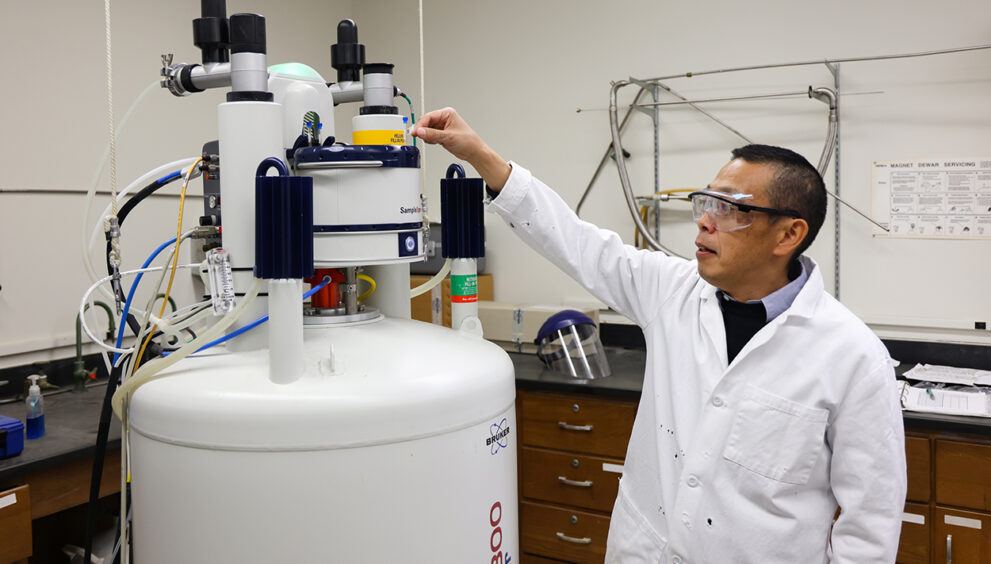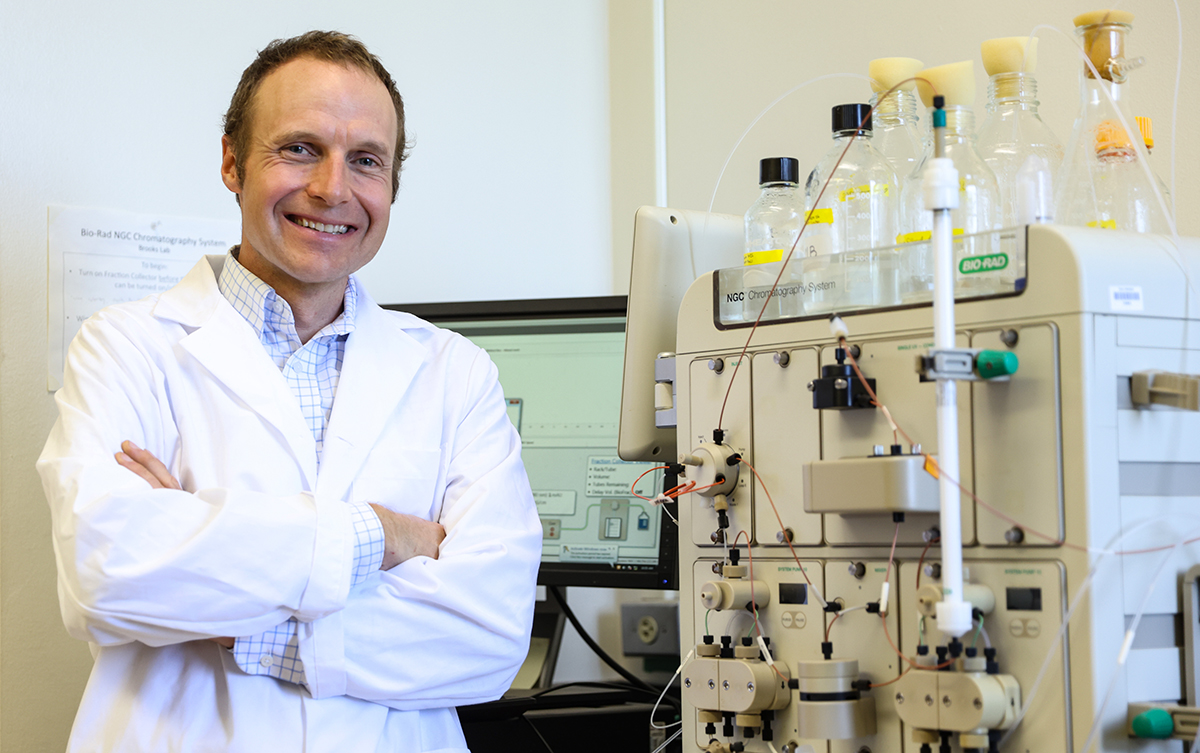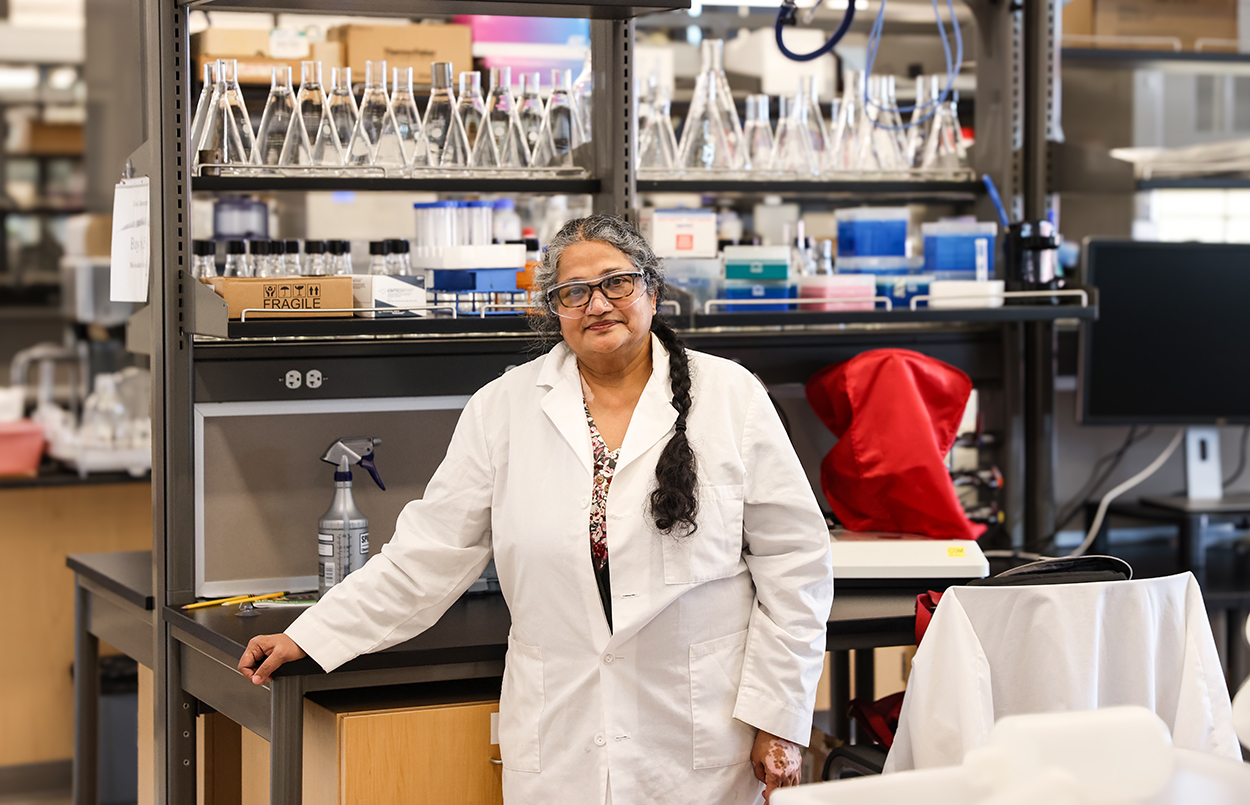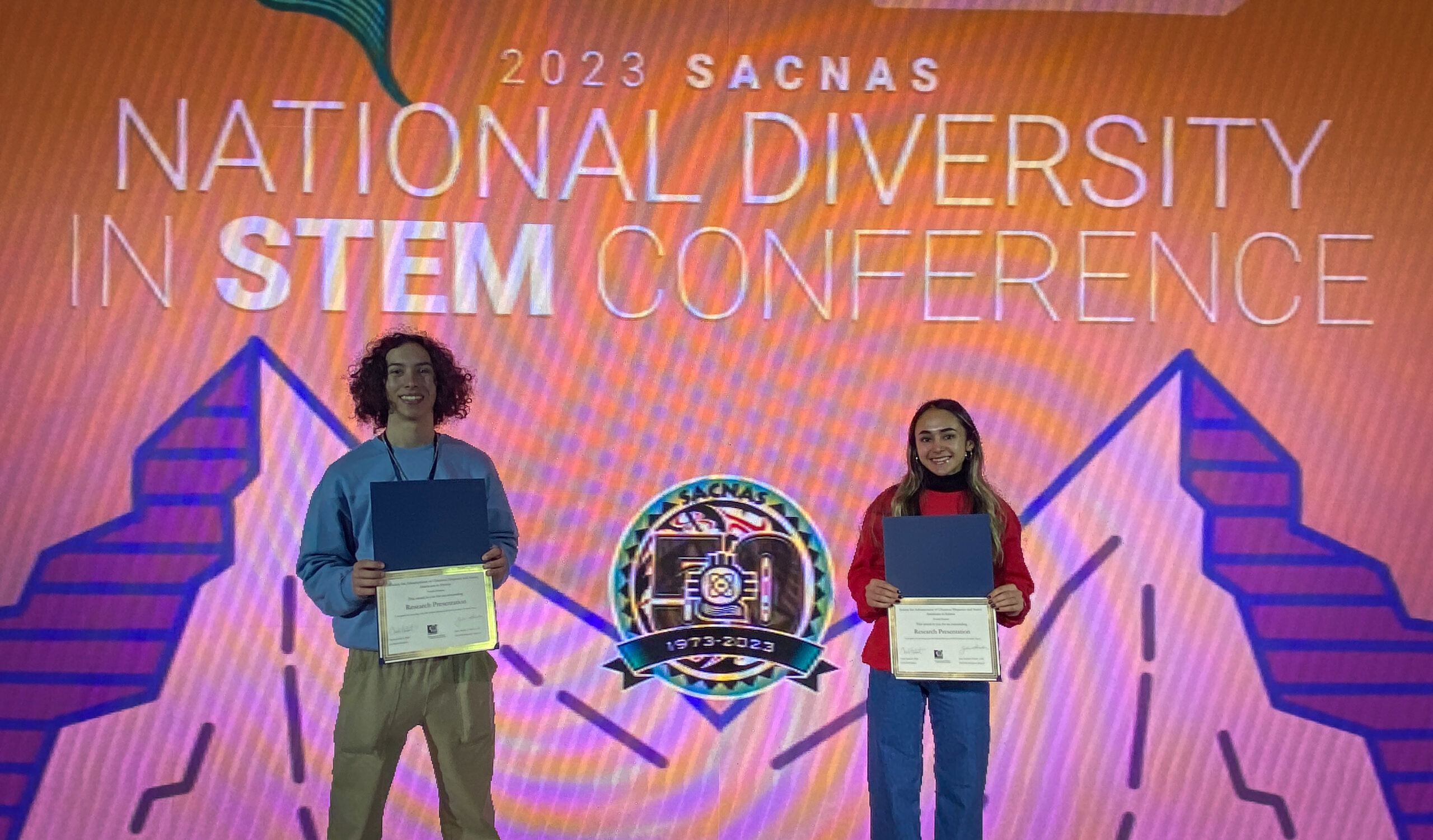An inorganic chemistry study under chemistry professor Dr. Masaki Uchida, 4 student, and 3 faculty co-authors was published in the Journal of Chemistry Education. The publication comes three years after the research started and all student co-authors graduated.
“This project initially started before covid in the spring of 2020 with four undergraduate students,” Uchida said.
He recounted that the pandemic caused a two-year halt in the research before restarting and finalizing in spring 2022.
In spring 2023, Uchida implemented the study’s findings to test its real-life applicability before applying for publication in the Journal of Chemical Education.
“It was very exciting to hear this work was being published. Both physical and inorganic chemistry are not easy subjects to grasp so being able to have an influence on the way students learn and visualize these concepts is very rewarding,” Karina Bustos, chemist and former Fresno State student, who co-authored the chemistry study.

The article describes a hands-on educational experiment where chemistry students use a special technique (Evans NMR) to study how various elements and their arrangements in certain chemical compounds (coordination complexes) influence their magnetic properties.
The study entitled: discovery-based approach to identify multiple factors that affect the Spin State of Coordination Complexes using the Evans NMR Method, was finally published on Nov 8.
In their abstract, the authors explained the study is instrumental in assisting students to grasp the concepts in question. The goal is to make complex concepts more accessible through hands-on experimentation.
“Understanding the basics of d-electron configuration and the spin state of coordination complexes are essential elements of undergraduate inorganic chemistry. However, students in these courses find it difficult to conceptualize the ideas.”
The study aims to make it easier to understand the spin state of molecules by focusing on a laboratory experiment to help undergraduate students understand the spin state of coordination complexes in inorganic chemistry.
What is Spin State?
A “spin state” in chemistry refers to how electrons are organized or distributed within an atom or molecule. It characterizes electron arrangement in a manner that influences the chemical species’ properties.
Karina Bustos, one of the student authors, said she was honored to have played a role in advancing chemistry education.
“It is an honor to be a part of this publication, especially because I was able to witness first-hand it being utilized by previous/current chemistry students,” Bustos said.
Bustos, who currently works as a chemist in the agriculture industry, described the exercise leading to the publication as exciting.
“It was very exciting to hear this work was being published. Both physical and inorganic chemistry are not easy subjects to grasp so being able to have an influence on the way students learn and visualize these concepts is very rewarding,” Bustos said.
- The authorsThe authors included a mix of students, and faculty named below:Students co-authors
- Karina Bustos
- Elia Manzo
- Emily Sauls
- Jacob Bouchard
Faculty co-authors
- Prof. Viswanathan V. Krishnan is chair of the Chemistry and Biochemistry Department and professor of physical chemistry. He is an NMR expert and helped guide the researchers in Evan’s NMR analysis.
- Candice H. Cortney is a lecturer in the Chemistry and Biochemistry Department, Uchida credits her for training him and the students using the NMR machine and discussing the data.
- Risako Fukazawa is the lab manager and helped collect additional data needed to complete the paper.




